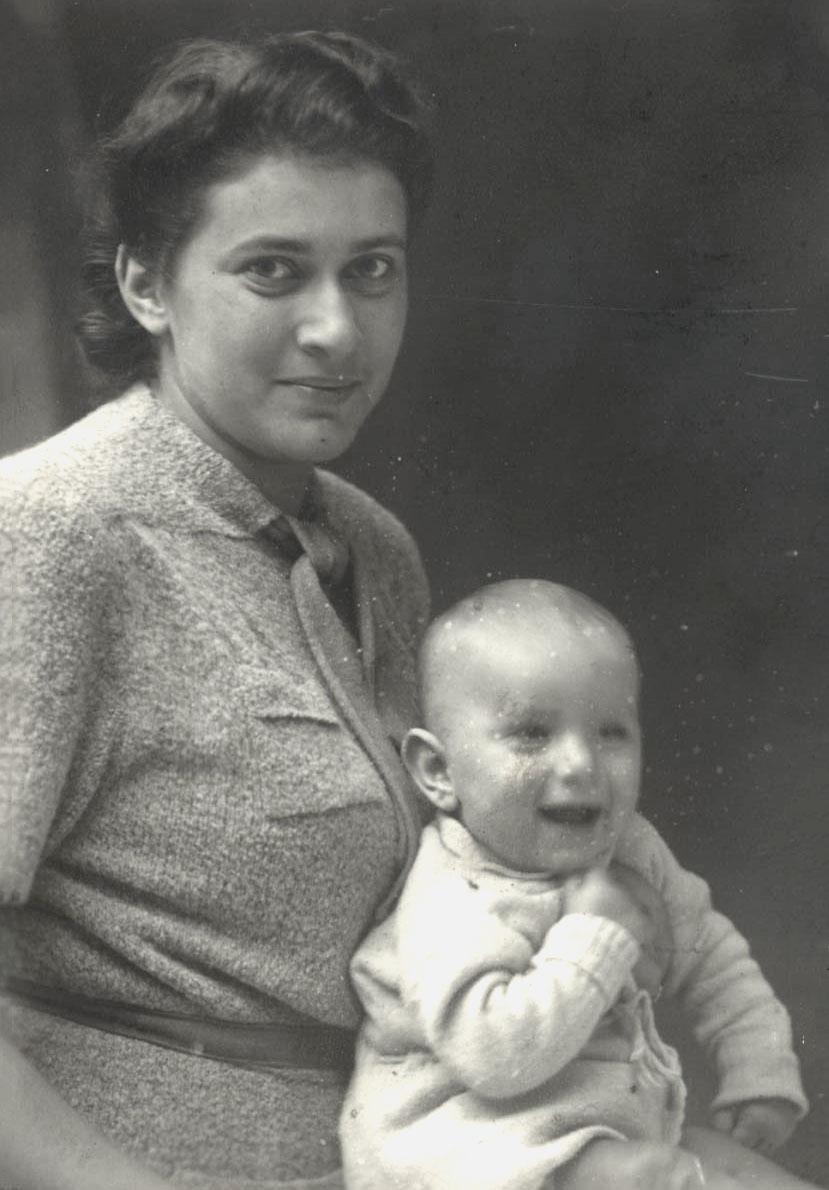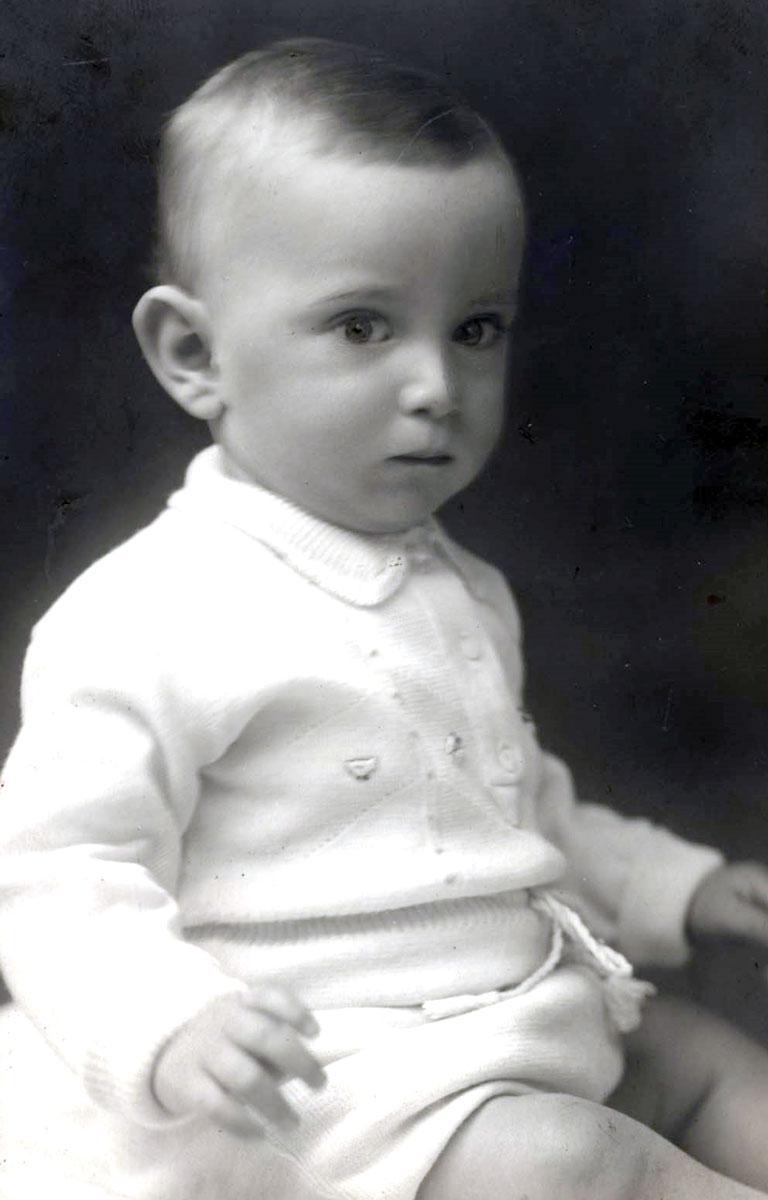Although Hungary was yet to be occupied by the Germans, the Jews suffered from Hungarian anti-Jewish laws. The Hungarians expelled the Jews from their places of business, stole their possessions and restricted the activities of the Jewish institutions. The Jewish community of Győr was not immune to the hardships of World War II. In 1942, most of the Jewish men of the city were recruited to forced labor in the Hungarian Army Labor Battalions. Hungary was an ally of Nazi Germany, and its army fought alongside Germany. Most of the Jewish men from Győr recruited for the labor battalions were sent to the Eastern Front, in Ukraine, where many lost their lives.
On 19 March 1944, Nazi Germany occupied Hungary, including Győr. In April, the Nazi occupiers took a census, finding that most of the Jews of the city, some 4,000 of them, were associated with the Neolog community, and the rest – with the Orthodox community.
The Germans disassembled the Jewish defense efforts and ordered the Jews of Győr to establish an alternative Jewish council, which would represent a number of Jewish communities in the region. Wood merchant Janos Biringer, who was active in the Neolog community, was appointed president of the regional Jewish council. Dr. Gyula Unger, the last president of the Neolog community in Győr, was appointed president of the local Jewish council.
On 10 May 1944, less than two months after the German occupation began, the Mayor of Győr, Jeno Koller, ordered the Jews of the city to move to houses in two places designated as ghettos – in the heart of the city and on the nearby island of Győrsziget, which belonged to the city's municipality. The move was to occur between 15-17 May. The Hungarian Interior Minister Andor Jaross objected the establishment of a ghetto in the center of the city, so the Jews were all forced to move to the Győrsziget ghetto by 31 May 1944. The ghetto was so overcrowded that the Jews had to leave their possessions outside of their apartments in the ghetto.
Jews were deported to Győr from across the Győr-Moson region. By the beginning of June 1944, after the deportation was complete, thousands of people were living in the Győrsziget ghetto in such terrible overcrowding that there were 30 people on average in every room. The Bishop of Győr, Vilmos Apor, protested to the Interior Minister at the overcrowding in the ghetto as well as the fact that Jews who had converted to Christianity were also included amongst its internees, but his protests fell on deaf ears.













